- Home
- Wind Power
- Wind Power Facts
Essential Wind Power Facts
Understanding wind power facts is important if you want to use a wind turbine to create electricity for your home.
The fact that the UK is the windiest country in Europe should only encourage you to pursue this technology.
But be aware wind speed will vary dramatically depending on where in the UK you live (Scotland and N.I. are particularly good). Don’t forget the wind speed at ground level isn't the same as the wind speed at the turbine head.
Using home-made wind power isn't a new concept; the oldest wind power fact we're aware of is dates back thousands of years when we used sails on boats to harness the power of the wind.
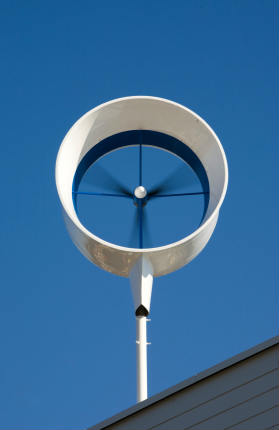
Why Use Wind Power for Renewable Energy?
- After the installation of your wind turbine, it's virtually free to extract electricity from the wind.
- Wind power doesn't produce any pollutants.
Is it Suitable for You?
- The most accurate way of finding if your site is suitable is to
use an anemometer. This is a wind speed measurement tool which is
mounted on scaffolding or a long pole to place the instrument at the
level the turbine head would be located on your site.
This provides an accurate measurement of wind speed over a specific period of time. Although this is the most accurate way of establishing an accurate wind speed in your area, it is time consuming and expensive.
Alternatively you could use computer models which will provide a fairly accurate measurement of wind speeds in your local area from MET office data. - In order for your wind turbine to be feasible, the
wind speed on your site needs to be around 14mph on average over the
year (at the level of your turbine head) in order to produce any significant
amounts of electricity.
The turbine will produce electricity at lower speeds but the amount produced will be negligible. See my article on wind power efficiency to see why. - A typical UK home requires around 4,500Kwh per year,
and producing this amount of power will depend on the size of your wind
turbine blades and the average wind speed in your local area.
- Wind maps are available online here.
- How tall will it be? This is difficult to answer as
they need to be in clean air approximately 6m above any obstructions in
the area (and obstacles within 75m of the turbine can cause turbulence).
Wind turbines are typically 6 - 12m tall.
The higher the turbine can be placed, the less turbulent and faster the wind will be.
Wind Power Facts - Other Considerations:
- Planning permission - You should always check with your local planning authority but most residential installations will normally require planning permission.
- What if it's not windy? - If the wind stops, for obvious reasons your turbine will stop producing electricity and you will either draw power from the electricity grid (if you're connected) or from your batteries (if you have them).
- Can you run a backup system? - Yes, some people install
photovoltaic panels which will produce electricity even when the wind
isn't blowing, but this will increase the installation cost
substantially and they only produce electricity during day light
Costs:
- A typical domestic installation can range from £15,000 for a 2.5Kw pole
mounted turbine, right up to around £22,000 for a large 6Kw pole
mounted turbine.
Personally I wouldn't bother with the small roof mounted turbines as they won't produce enough power to justify their price.
- The main grant available in the U.K. is the Feed in Tariff (FIT) scheme or the NIROCS in Northern Ireland. There are local grants available in various areas throughout the UK so check with the Energy Saving Trust to see what grants are available.
Hopefully, the above wind power facts will help explain the different aspects of wind power generation. And just to clarify, wind power turbines, rooftop wind power generators, residential windmills and wind generators are all wind turbines - they are just referred to by different names.
Now all that remains is to make sure you understand wind powers various pros and cons.

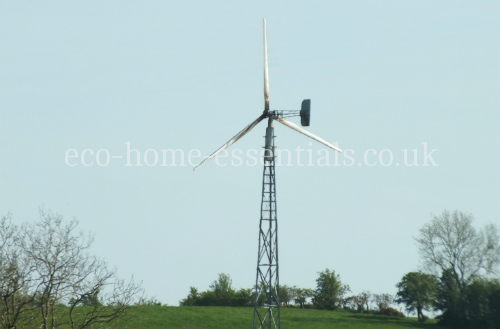
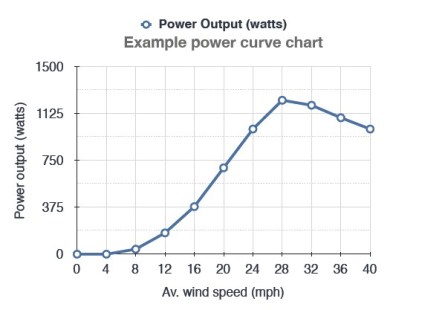

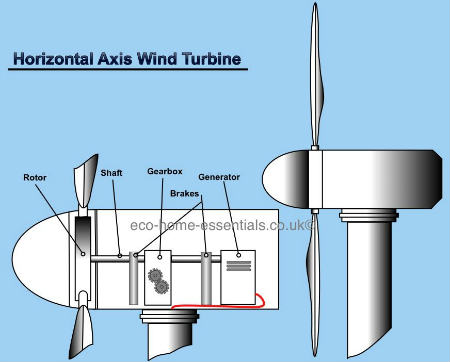
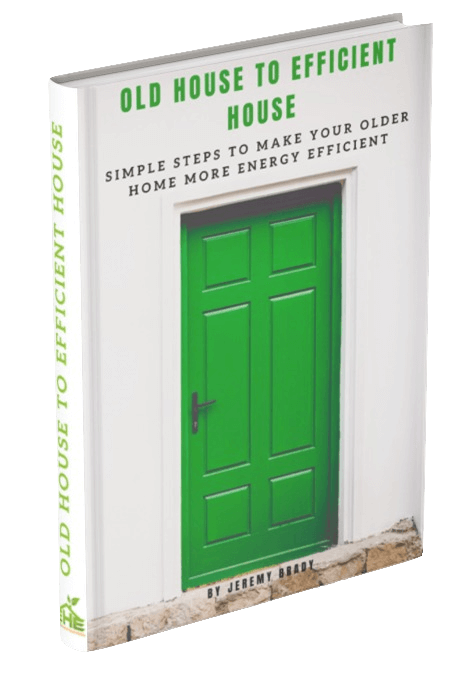




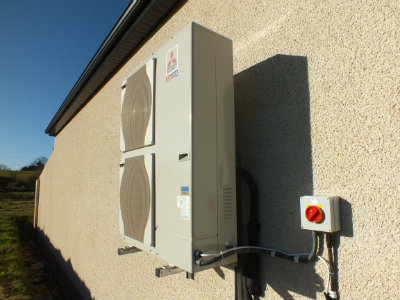

New! Comments
Have your say about what you just read! Leave me a comment in the box below.